- Home
- Succulents
- Aeonium
- Aeonium leucoblepharum
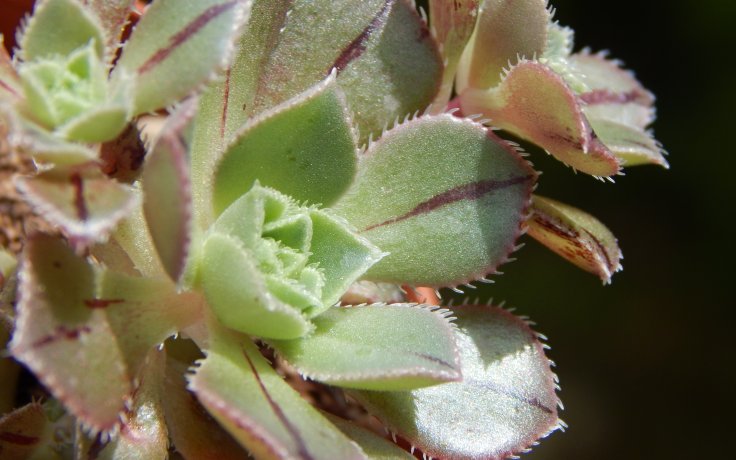
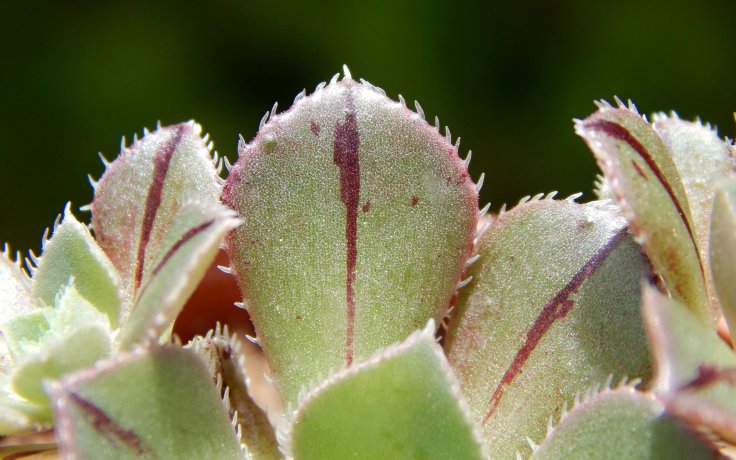
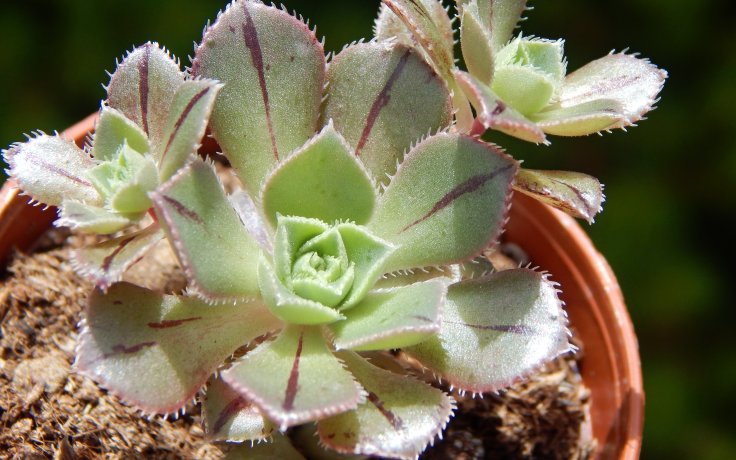
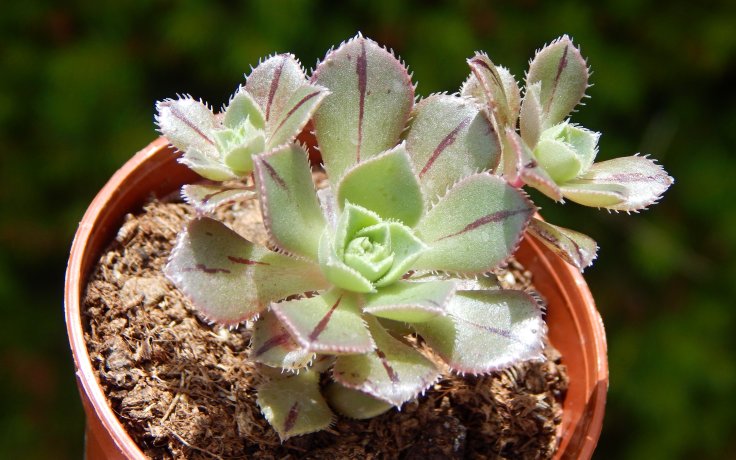
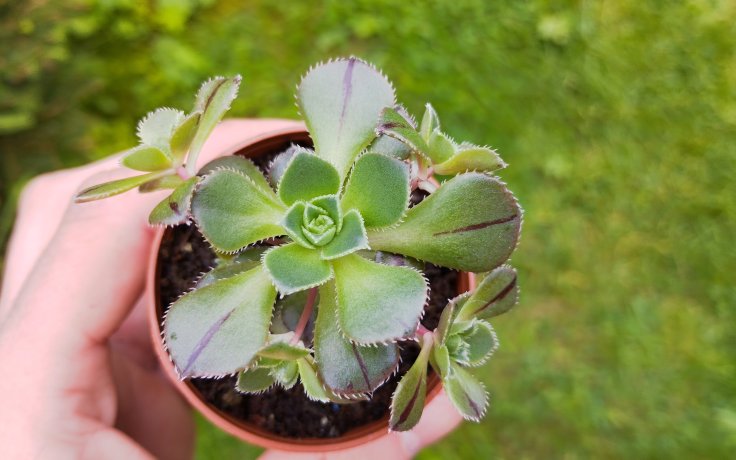
Aeonium leucoblepharum
The plant prefers a sunny habitat.
Always water a few days after the substrate has dried out. Reduce watering in winter.
It can withstand temperatures as low as -3.9 °C in the short term. However, the plant is not hardy.
There are several different clones of this species. Some do not have a central stripe on their leaves, others are less pointed. Our specimen does not have a distinct central stripe and has less pointed leaves than other plants of this species.
Aeonium leucoblepharum, a succulent plant native to the mountains of Yemen and northeastern Africa, is commonly referred to as Aeonium chrysanthum. It grows from Ethiopia and Somalia to Uganda and Kenya, at altitudes between 2 000 and 3 500 m above sea level. Plants with a red central stripe have been found in Yemen and Ethiopia, while green-leaved plants are found in Kenya and other East African countries. The exact taxonomic classification and nomenclature of these plants is still under debate.
The plant is characterised by its distinctive leaf rosettes, which consist of fleshy, smooth leaves. Leaf colour ranges from yellow-green to dark green and the leaves are usually decorated with a thick red to brownish central stripe and a reddish margin. The leaf shape is pointed, spoon-shaped and the leaves increase in size towards the tips of the branches. Eonium forms a succulent shrub with branching, spreading or drooping stems that can grow up to 2 metres tall. In our conditions it usually reaches a shorter height.
In spring, star-shaped yellow flowers appear, which may occasionally turn reddish. The flowers are arranged in ovoid or conical clusters at the ends of the stems, which grow up to 15 cm long.
If the plant is not repotted, it can be lightly fertilised with a succulent and cactus fertiliser of your choice. Thanks to its impressive appearance and easy growing requirements, it will become an original interior decoration and can also be grown as a solitaire.